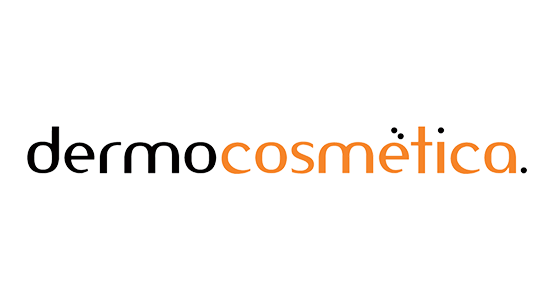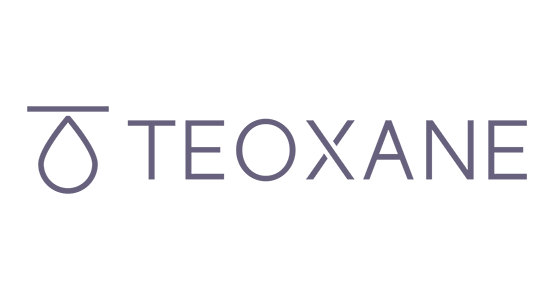Chemical peels have been around for a long time for good reason—they work. See how a pro peel could heal your skin woes, from acne scars and uneven skin tone to melasma and fine lines and wrinkles.
Chemical Peels Are Tried & True
Everything old is new again, and chemical peels are experiencing a rebirth of sorts as growing numbers of cosmetic doctors turn to these oldies but goodies to address a wide range of skin concerns and conditions. In 2018, there were 603,305 chemical peels performed, up nearly 25 percent from 2017, the American Society for Aesthetic Plastic Surgery reports. And according to statistics released by the American Academy of Facial Plastic and Reconstructive Surgery (AAFPRS) this month, more than half of facial plastic surgeons polled say that chemical peels are in high demand.
“What’s great about chemical peels is that they’re low tech and not intimidating when compared to lasers, and they address the same problems—skin discoloration, texture, and wrinkles” So just how far back do they go? “ Women have been using peels for over 2,000 years! Cleopatra soaked in milk baths to smooth her skin.The active ingredient in milk is lactic acid (an alpha hydroxy acid, or AHA) and these acids (along with beta-hydroxy acids or BHAs) are still among the most commonly used types in modern peels.
Why Get A Chemical Peel?
“These days, the term ‘chemical peel’ applies to so many different formulations ranging from weaker glycolic peels that can be done at home to the strongest Phenol peels that often require sedation or general anesthesia,” says chemical peel enthusiast Mark H. Schwartz, MD, a New York City plastic surgeon.
These workhorses can correct acne, age spots, discoloration, tone, fine lines (especially under the eyes and around the mouth), freckles, melasma, sun damage, and more, according to the American Academy of Dermatology (AAD).
“Some peels produce changes that are relatively light and freshen the skin through exfoliation,” says Fred G. Fedok, MD, a facial plastic surgeon in Foley, Alabama, and the President of the American Academy of Facial Plastic and Reconstructive Surgery.
“Moderately deep peels will help various kind of pigmentation issues.
The deeper peels are effective at correcting wrinkles.” Peels tend to cost less than laser skin resurfacing, averaging anywhere from $100 to $400 per treatment based on practice location and the depth of the peel.
Mild Peels
A series of mild chemical peels—on the face, neck, and/or chest—every few weeks is great for busy people, because they get significant results with minimal downtime.
The weaker peels are the AHA peels or fruit acid peels, most commonly Glycolic Acid, Citric Acid, and Lactic Acid, and can help improve acne scars, skin tone and texture, diminish fine lines and wrinkles, and reduce the effects of sun damage.
After a thorough cleansing of the face, the peel is applied with either a brush, a pad, or a cotton swab. “You may feel a slight tingling that lasts for the duration of the peel,” Dr. Schwartz says. “With the weaker AHA peels, there is a very short-term pinkish or ruddy glow to the skin,” he says. The before-and-after difference is pronounced. “You will look brighter right away with gradual improvement in fine lines, texture, and pigmentation.” A series of mild or superficial peels is often needed for optimal results. Aftercare matters too. Apply lotion or cream until the skin heals, and use sunscreen daily.
It’s OK to wear makeup immediately.
Medium-strength Peels
What makes peels a medium strength is the percentage of active ingredients.
Medium-strength peels use some of the same acids in mild peels, just at a much higher level. For example, trichloroacetic acid (TCA) peels when used at more than 25 percent are medium strength, but anything lower would be considered superficial or mild. Examples include ZO Medical 3-Step Stimulation Peel and the Obagi Blue Peel. Here’s what you can expect: Since these peels are deeper, your skin will be red and swollen after application, and blisters may form and break open. Your skin crusts and peels off in one to two weeks, according to the AAD. Other aftercare instructions include applying a lotion or cream to the treated area and avoiding the sun until healing is complete. Makeup is OK after about one week. “It is usually one and done for a while because there is downtime with these medium-strength peels,” says Dr. Ditre. Look to a medium-depth peels—such as the 35 percent TCA and Jessner solution—to remedy hyperpigmentation and moderate wrinkles, according to Dr. Fedok. You may also be a candidate if you have heavy sun damage, leathery skin, and coarse wrinkles that are visible even at rest, Dr. Ditre adds. Medium-strength chemical peels may also help correct acne scars.
Deep Chemical Peels
Phenol peels are the strongest chemical peels out there, and they target deep wrinkles, sun damage, and uneven tone. “They are helpful in treating vertical lines around the mouth, the so-called smokers lines,” Dr. Schwartz says, and they work best on lighter skin, since there is less of a risk of hypopigmentation or bleaching.”
Phenol peels are ordinarily used on the face only, since the skin of the neck and hands tends to be thinner and more delicate. Here’s what you can expect: Given the strength of these peels, anesthesia may be required. There is some real downtime with phenol peels. “Crusting and post-procedure redness occur across the board and can last for weeks,” Dr. Schwartz says. The trade off is dramatic and long-term results. “These deep peels will do things that a face lift will not—improve the quality of environmentally damaged skin,” he says. Phenol based peels can be used for more severe skin changes and wrinkles, but as Dr. Ditre notes, these deep peels have fallen out of favor given the availability of lasers as well as phenol’s possible link to heart issues.
If you would like to find out more about chemical peels contact Hamilton Skin Clinic to arrange an appointment.











